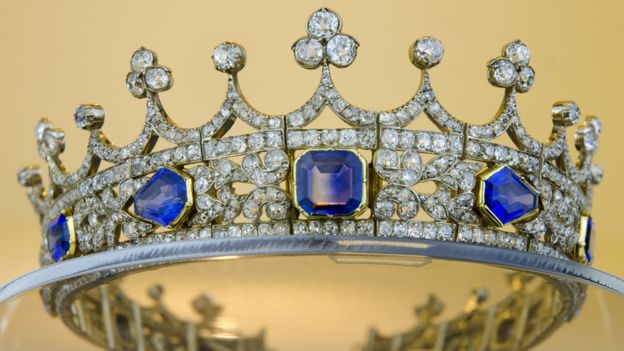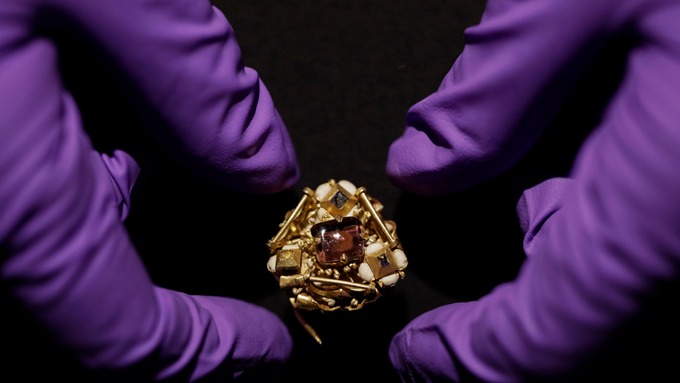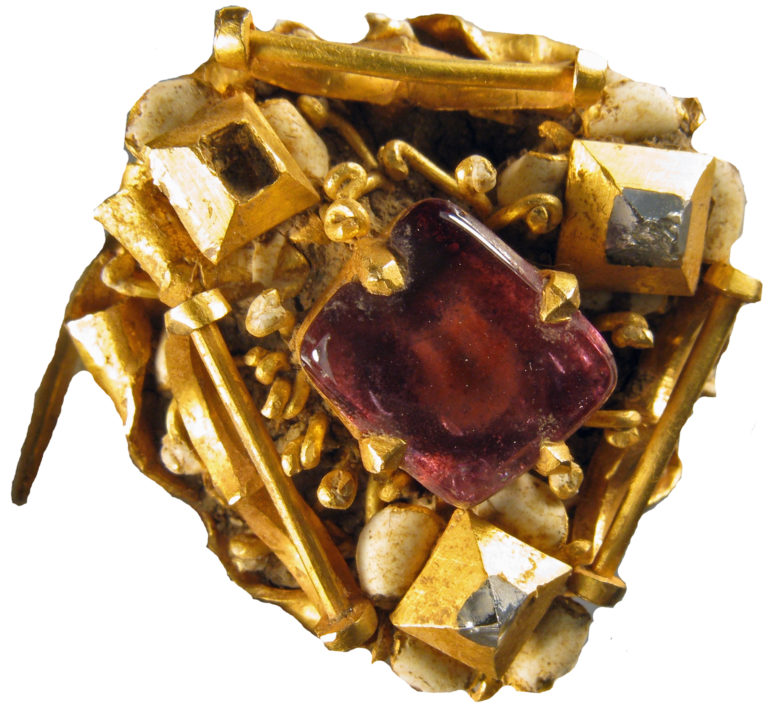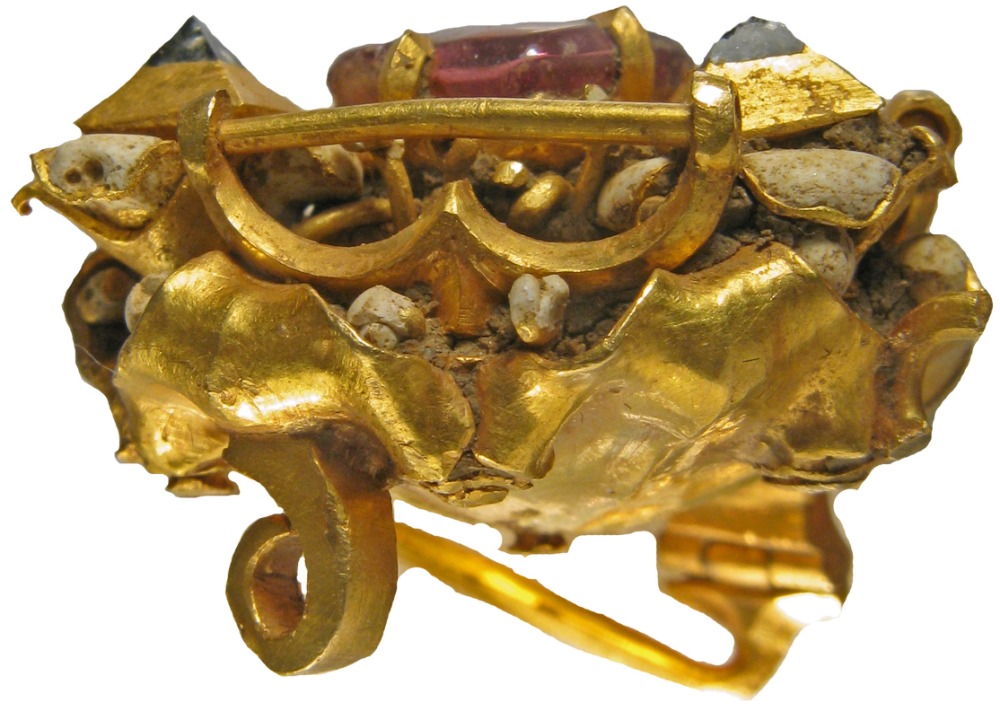Nádherná věc. Díky za článek. 
Detectorist finds 600-year-old gold and diamond brooch of incalculable value
Categories: Finds and rescue research abroad , Nálezy nejenom s detektorem ve Velké Británii a Irsku
London's Victoria & Albert Museum has acquired a unique medieval gold brooch from a detectorist's find. The brooch is the only one of its kind ever found in the UK. There are only seven known to exist in the whole world.
The late medieval brooch was discovered by a metal detectorist during a 'rally', a group search, in 2017 near Brigstock in Northamptonshire. The site of the find is now farmland; it was once a royal hunting ground. The brooch lay only about 10cm below the surface and was so encrusted with mud that the finder initially mistook it for a bottle cap. Only subsequent cleaning revealed it to be a very rare, late medieval gold brooch.
"The discovery of the brooch was a complete surprise - I couldn't believe it," said happy finder Justin Owens, who has been searching with a metal detector for about four years. "At best I always hope to come across a Roman or medieval coin, but to find something so rare and valuable was a complete shock. When I dug it out of the ground, it was completely covered in mud. I didn't get my hopes up, thinking it might be an old stopper or something. But what a discovery it was! When I saw how the V&A conservators had cleaned it, I couldn't believe it, it really is exquisite!"
The front of the brooch is triangular in shape with a central rectangular gemstone. Around the stone are alternating shapes of flowers and bows with gold wires filling in the gaps. In the three corners of the brooch are decorative gold 'pyramids' topped with pointed gems, with one stone missing. The remaining two are genuine diamonds. The original pearls in the brooch have been replaced by enamelled beads.
This decorative part is attached to the back circular gold plate divided into six equal triangular parts. In the middle of the outer edge of each "wedge" is a rivet that holds the decorative elements to the back plate. In the middle is another rivet that holds the central stone in place. The needle of the brooch is bent, but the pin on the back plate is intact and still functional. The design of the brooch dates to between the early 15th and late 16th century, and was probably made around 1420.
"The goldsmithing is incredible and the jewellery is stunning. It's amazing to imagine who might have worn it and how it ended up in the ground where it lay undisturbed for so many years. I'm thrilled that it will now be in the V&A collection and on display in the jewellery gallery for all interested parties to enjoy," commented Mr Owens on the brooch after cleaning.
Mr James Robinson, Curator of Sculpture, Metalwork, Ceramics and Glass at the V&A, said: "This intriguing and exquisite late medieval cartridge brooch is a rare artefact that has an intriguing story to tell. It has a beautiful design, exceptionally fine goldsmithing, stunning diamonds and pearls (now lost). All of this conveys opulence and extreme wealth. The brooch belonged to someone from the highest echelons of society."
The loss of some parts of the jewel and the severely bent needle of the brooch indicate visible damage, which was probably sustained in the excitement of the hunt, when it was probably torn from the wearer's dress. "It is a truly captivating and unique addition to our world-class collection, which traces the story of jewellery in Europe from antiquity to the present day," added Mr Robinson.
After careful restoration, the brooch will be displayed in the V&A's Judith Bollinger Jewellery Gallery next to the silver crown with sapphires and diamonds that Prince Albert had made as a wedding present for Queen Victoria. According to the museum, the value of the brooch is incalculable.
Roman Němec

Queen Victoria's crown

Brooch

Front side

Back

Side view
Sources. Bbc.com, standard.co.uk, itv.com, thehistoryblog.com, independent.co.uk
The article is included in categories:




